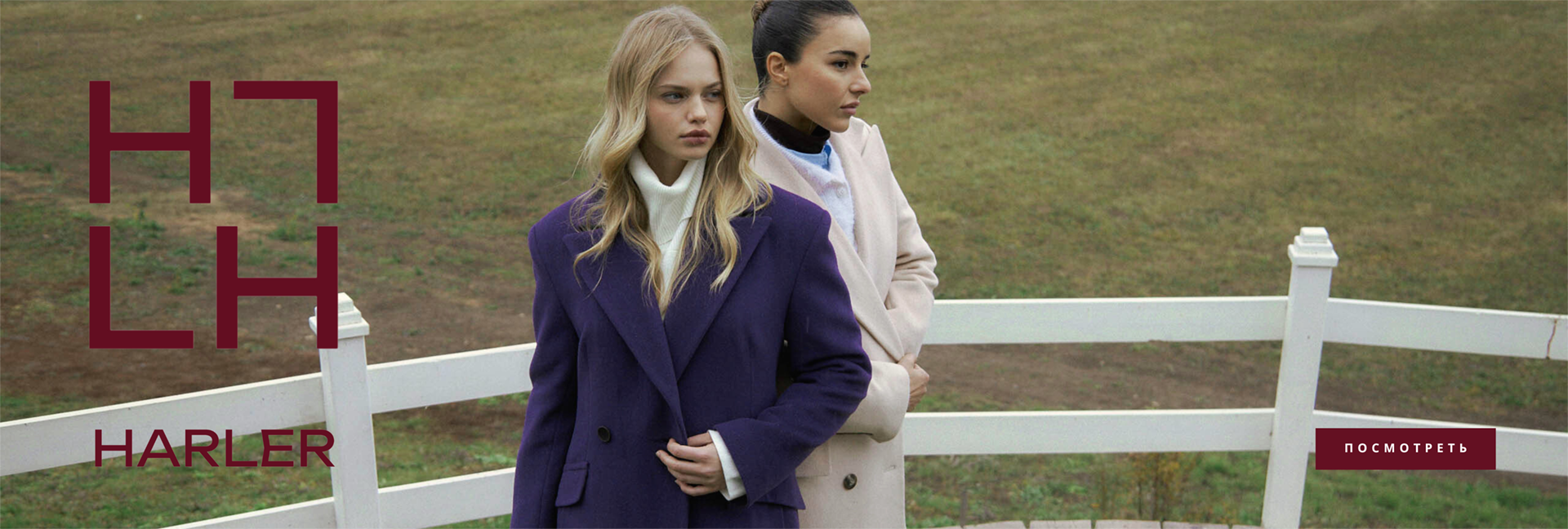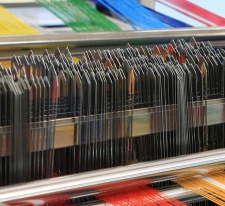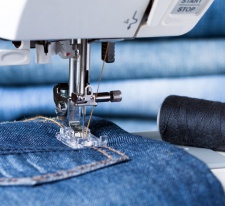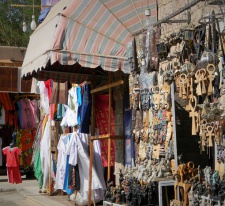Fashion retail: time ahead?
part 1 part 2 part 3 part 4 part 5
GOLD RUSH
According to Maria Vasilyeva, development manager of LeDiLe jewelry company, the jewelry market is also going through hard times. The decline in retail sales, according to general estimates, reaches from 30% to 50%. The decrease in revenue is associated with a drop in purchasing power and, as a result, a decline in demand for jewelry products. Foreign brands operating in the middle and low price segments were forced to leave the market or reduce the number of stores, but this did not help domestic companies too much: those working in the mid-price niche reduced the cost of products and moved to the grassroots categories in order not to lose customers. The decline occurred due to the deterioration of the welfare of the population and the devaluation of the ruble. Prices for jewelry, on the contrary, doubled over the year.
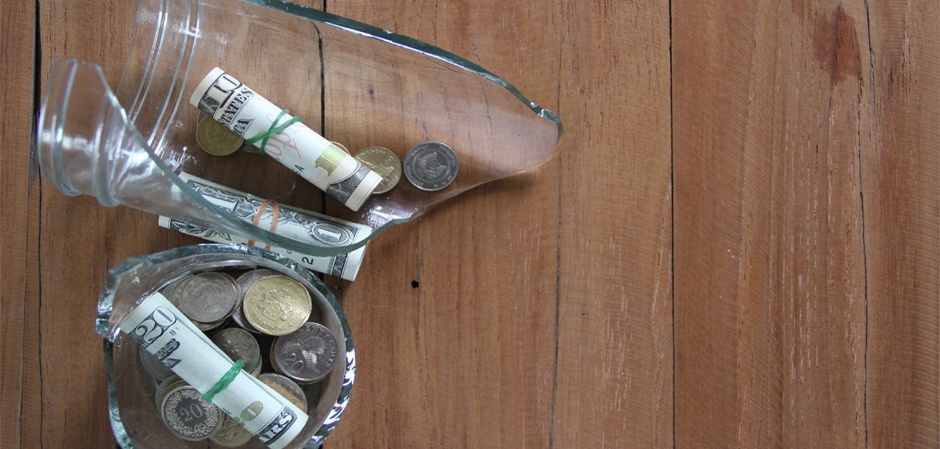
"80% of the cost of products is the cost of raw materials, the price of which is determined on the stock market and depends entirely on the exchange rate," Maria Vasilyeva reports. At the same time, the demand for gold jewelry fell to a 14-year low to 41.1 tons (a decrease of 39% compared to 67 tons in 2014). On average, in 2015, 2016, 1 gram of 585 gold in jewelry stores cost about 2,400ndash;2,500 rubles. However, despite the sagging market, the demand for diamonds remains relatively stable. Buyers of the mass segment tend to consider any diamonds as investments, whereas there are diamond jewelry and investment diamonds on the market that are sold separately together with certificates (certified diamonds).
Before the crisis, more than 60% of the market was occupied by imports from Southeast Asia, but due to a sharp jump in the dollar exchange rate and tightening of customs legislation, the figures have changed. At the moment, the jewelry market is 95% occupied by domestic manufacturers, the remaining part is accounted for by imports. More than 30 large jewelry companies are undergoing bankruptcy procedures, a huge number of retail points of jewelry stores are being closed. At the moment, about 25% of the players have left the segment, some have decided to completely go online. Due to the economic crisis, sales in depressed regions have especially decreased, the lion's share of jewelry sales falls on the cities of millions: St. Petersburg, Kazan, Yekaterinburg, Nizhny Novgorod, Novosibirsk. According to the portal "Jewelry Reviews", the average check in a jewelry salon does not exceed 20 thousand rubles. "In order to stay on the market, players from low and medium price segments will strive to reduce the quality of products by offering jewelry of the lowest samples, reducing the number of precious stones and reducing other characteristics of jewelry," says Maria Vasilyeva.
The reduction in consumer demand has forced many players to reconsider their strategies, freeze development programs, close inefficient and weak stores, and the share of silver and costume jewelry has increased on the shelves of jewelry chains in the assortment. Many network projects have implemented different product and price offers individually for each point. "Now everything depends on how much market participants are ready to survive in the new economic realities," explains Maria Vasilyeva. The priority direction was the work on the assortment, marketing, design and price offer. The jewelry market is extremely conservative, the display and supply of goods in the country is certainly outdated, while standard marketing moves no longer work. To sell the goods, companies announce incredible discounts of up to 90%, trying to somehow attract a regional buyer.
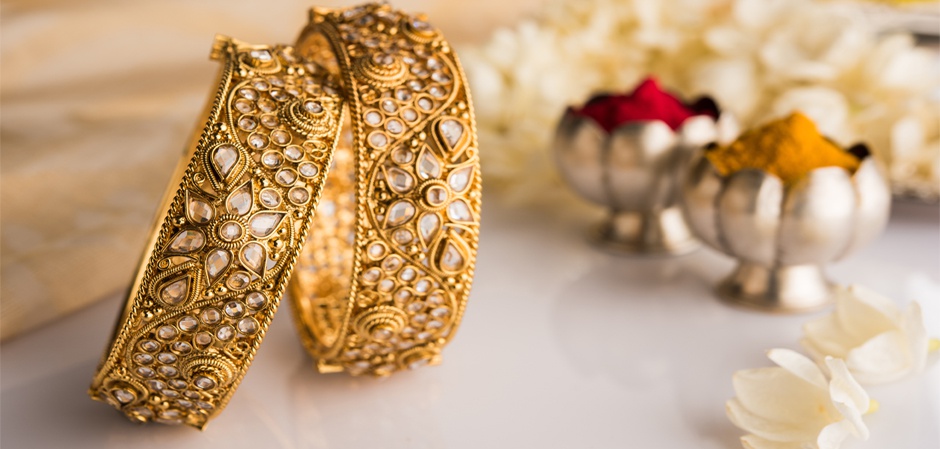
Many multi-brand stores are now trying to reflect the features of each brand, focusing on the presentation of jewelry. Advanced companies produce new products in thematic collections consisting of several ornaments. A lot of attention is paid to the management of social networks of jewelry companies: people in the regions spend more and more time in the Internet space, communicating and sharing information in thematic communities. Well, the diversification of the assortment based on age categories is one of the latest trends in the jewelry market. Jewelry lines for men began to appear. Sellers in the regions are taught to focus on the exclusivity of the offer and special promotions and bonuses currently in effect in the store. With low traffic, the fight is for every customer, so now it is important for sellers not so much to increase the average purchase receipt, but to keep the customer.
However, despite all efforts, in general, the situation in the industry remains very deplorable, according to the company. The conservative jewelry market is struggling to adapt to the new realities, and supply still exceeds demand. In the Russian regions, the battle for the buyer remains the fiercest.
Author: Ekaterina Reutskaya
Photo: shutterstock.com
